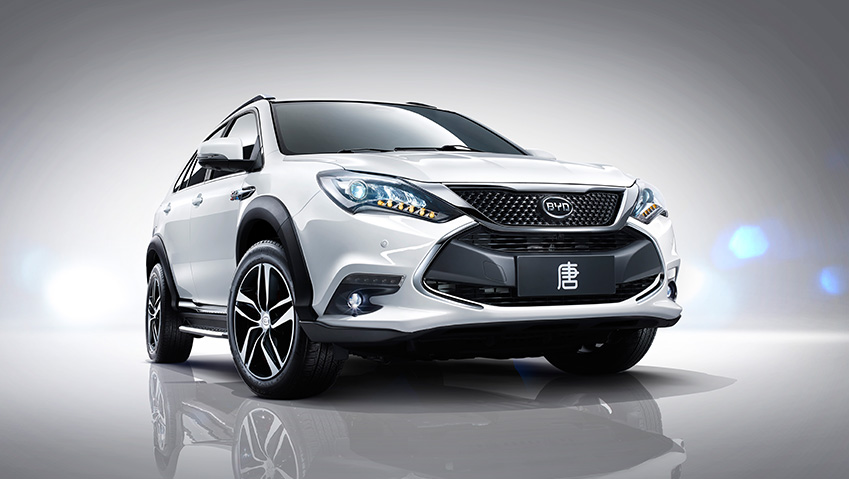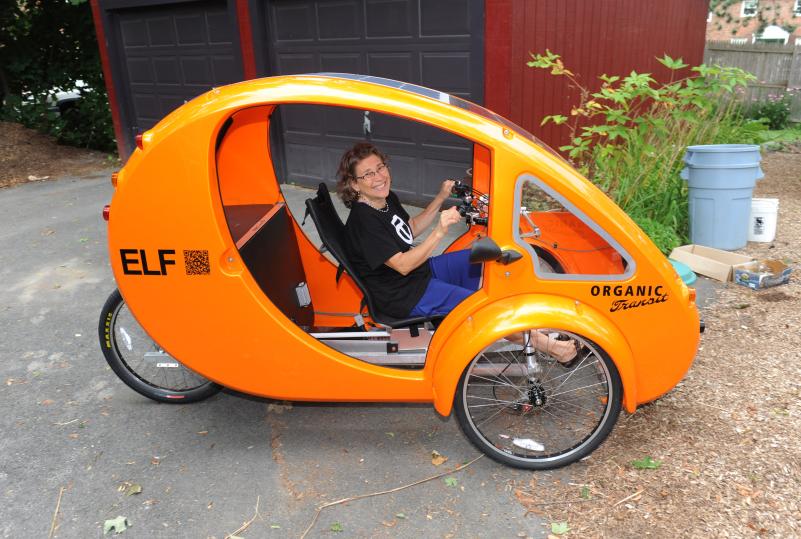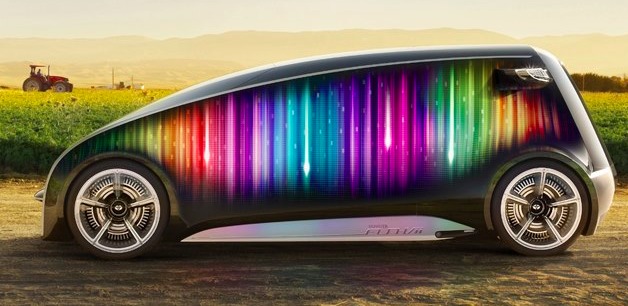
The 2011 Hyundai Sonata Hybrid will be the first mass-market car to use the battery technology. In December, will be launch the 2011 Hyundai Sonata Hybrid, the world’s first mass-market hybrid with a lithium-ion battery pack.
Lithium cells provide much higher energy density than the conventional nickel-metal-hydride packs currently used in hybrids. As a result, the 1.6-kilowatt-hour pack weighs 96 pounds-compared to the 124 pounds of the 1.4-kilowatt-hour packs in Toyota hybrids.
If early specs are any indication, the Hyundai Sonata Hybrid promises to offer strong competition for the Ford Fusion Hybrid and the Toyota Camry Hybrid, which, like the Hyundai Sonata Hybrid, are midsize hybrid sedans that were adapted from gasoline-engine equivalents. (The Prius, in contrast, has no nonhybrid equivalent). Noting that government data shows that U.S. drivers spend more than half their time on the highway, Hyundai has tuned its hybrid car for better highway mileage than either of its hybrid competitors. The company says its hybrid car will get 37 miles per gallon in the city and 39 or 40 mpg on the highway. The Fusion Hybrid gets 41 mpg city but only 36 mpg highway; the Camry Hybrid gets 33 mpg city, 34 mpg highway. Hyundai also claims that the Hyundai Sonata Hybrid will run in electric mode as high as 62 miles per hour under certain circumstances–versus the Fusion’s 47 mph and the Camry’s 42 mph.
The Korean company expects to pull this off using a simpler hybrid system than either Toyota or Ford. Hyundai uses a 30-kilowatt electric motor between the 169-horsepower, 2.4-liter gasoline engine and a six-speed automatic transmission. Inside the transmission, an electric oil pump replaces the torque-converter pump. This pump keeps fluid pressure up even when the engine switches off at stops, which removes the engine-idle input torque that normally powers the torque converter to keep it ready to transmit power on acceleration.. There’s also a smaller 8.5-kilowatt starter-generator that restarts the engine when it switches off, and can add a small amount of additional battery recharging.
The electric motor can power the car alone, and can also recharge the battery and assist the engine with additional torque.
Hyundai Sonata Hybrid fitted with its own front styling from the windshield forward. “Consumers who buy a hybrid car want to get credit for taking that step,” says Sonata Hybrid product manager Michael Deitz. “If you have minimal differentiation, it doesn’t give them that.” He notes that Hyundai wanted to keep the Sonata’s most recognizable design aspect–its swooping side profile–and avoid the expense of a totally new vehicle, a la Prius. “But the face of the car is completely different.”
It hasn’t released pricing for the 2011 Hyundai Sonata Hybrid yet, but if the company can “get it to market under $25,000,” Deitz says, “it will definitely have a good impact.” Depending on options, he says their hybrid car should run “from the mid-20s to the low 30s.” In contrast, the 2011 Toyota Camry Hybrid starts at $26,400, and the 2011 Ford Fusion Hybrid starts at $28,100.
“It’s an extremely intriguing entry,” says Aaron Bragman, from industry analysis firm IHS Automotive. “If it proves as good a hybrid car as the regular Sonata is good as a family sedan, it could do very well.” He also notes that the car could prove “an embarrassment” to Toyota, which has said repeatedly that lithium-ion-cell technology is not yet ready for mass usage in hybrids.




Excellent post, saved the website for hopes to see more!
Salutare imi place siteul tau te-ar interesa un schimb de linkuri cu blogul meu?
Thanks very much for sharing this good info! I am looking forward to seeintg more!
Thanks so much for posting a lot of this great info! I am looking forward to checking out more blogs!